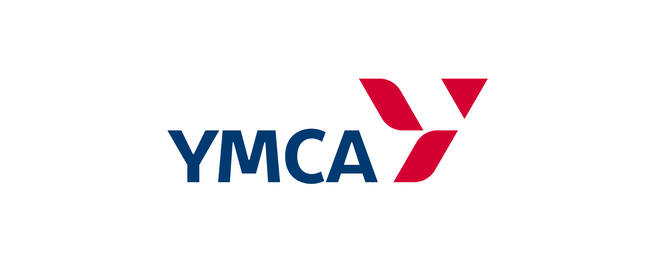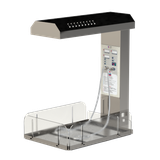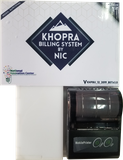Background
Integration of technology in education has been long overdue in Nepal’s public education system. While disruptive technologies have opened numerous opportunities to improve the lives of many, a significant number of our school-going population is still oblivious to it. As expected, the pandemic revealed the issue of the digital divide when public schools students were not able to continue their education during the pandemic and the long-term impact of this unequal opportunity is yet unforeseen. Almost 70% of school-going children go to public schools, only to get subpar education which has essentially remained unchanged since decades. Thus, it is urgent and important to address the widening digital divide.
The High-Tech Classroom (HTC) project is guided by principles of equity and innovation. Considering the potential impact of the digital divide in deepening already existing social inequities and injustices, the project intends to address the issue through the integration of technology in education.
HTCs are digitally well-equipped classrooms that intend to leverage students’ learnings and experiences through technology integrated curriculum prepared by skilled teachers. Along with setting HTCs in schools, its programs include online classes in schools with teacher shortage which will be operated and monitored from HTC main center. Further, students' learning and experience will be augmented through the integrated use of various technologies and the internet such as interactive board, AR/VR, computer, and so forth. The main center of the HTC project is based within the National Innovation Center’s premise at TU, Kirtipur.
Vision
To curtail the digital divide and empower students, teachers, and communities to access and engage with global knowledge, ideas, and opportunities
Mission
To digitally empower every child and teacher in the classrooms thereby widening and deepening their knowledge, skills and cultivating a culture of innovation.
Strategy
Supporting students and teachers to access infrastructure and resources and upskill them to use the resources that best fit their teaching and learning.
How does it work?
NIC Education initiative partners with low-resourced public schools with committed teams. High Tech Classrooms will be set up collaboratively at schools and the HTC project team will support schools to integrate technology in their classroom by developing students' and teachers’ competency. A computer teacher will be appointed at each school as a NIC EdTech Fellow who will be responsible to supervise and guide teachers and students in their learning after the initial support of the HTC project team. EdTech Fellows will be provided with needed training and support and will be working collaboratively with the HTC project team for the successful integration of technology in classrooms. Further, a support circle will be created, which will include HTC project lead, SMC, School Principal, and the EdTech Fellow to ensure the sustainability of the intervention.
Supported By

Embassy of Israel in Nepal




